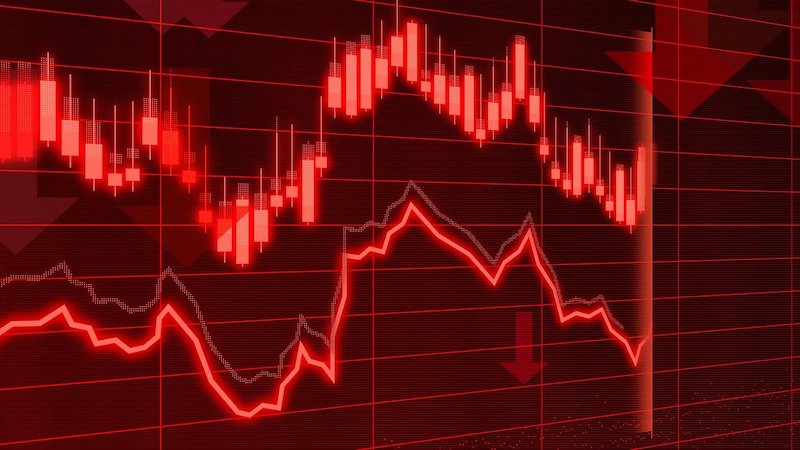
Trading is a game of odds. It is associated with a lot of uncertainty. Even the trades that you have high confidence in might move in the opposite direction to your expectations. One statement from the head of the federal reserve, for example, and your profitable USD position might turn into a losing one within a few seconds or minutes. One disappointing earnings report and the position you have in stocks can change direction. In short, trading is risky, and if you do not know how to manage risk, it is only a matter of time before you lose your money.
Steps to manage risk:
- Use a stop loss. A stop loss is a valuable tool that can limit the drain in your account when positions do not go in your favor. To set the stop loss at a suitable level, use a pip value calculator to ensure you are not allowing for a bigger risk than your account can tolerate.
- Keep your lot size small in relation to your account. If you have a small account (such as $500 or $1000) then you should keep your lot size small, such as in micro (10K units) lots or mini lots (1k units). If you have a larger account (such as 10,000 USD in capital) then you can open larger trades. However, you need to be careful and follow the rule of thumb which says that you should always have at least 40% of your margin available. In other words, use only 60% of your available capital as margin to give room for market fluctuations.
- Do not excessively concentrate your positions. In other words, do not open several positions in the same currency in the same direction at the same time. For example, do not buy USDJPY, USDCAD, and USDCHF at the same time, unless your trade size is quite small. Buying those three pairs would mean you have excessive exposure to USD fluctuations. You can trade only one or two of the three pairs to reduce risk.
- If for some reason you cannot focus, you should not trade. Trading requires concentration. Without concentration you will miss warning signs, and this might cost you. Managing risk is also about managing your stress and focus levels. High stress and low focus can cost you dearly in the market, so it is better to keep a distance until you regain your balance.
- Do not engage in revenge trading. If you lose a position – which is something that happens inevitably to even the best traders – you must remain calm. It is normal to be upset after losing a trade but do not let that get to you. Do not engage in revenge trading right after you have lost a trade in an attempt to recover your losses. This often leads you to making more mistakes. It is better to stay away from the screen until you have regained your composure so you can make better decisions.
- Do not add to a losing position. If you have a position that is in the negative, then it is generally unwise to add to it.
The above steps are not exhaustive. Risk management is a skill that takes time to learn. However, the above measures will surely reduce your exposure and hopefully make you a better trader.
Follow us on Telegram, Twitter, Facebook, or subscribe to our weekly newsletter to ensure you don’t miss out on any future updates. Send tips to info@techtrendske.co.ke.



